What's the meaning of the Obsidian »
Obsidian
This page is about the meaning, origin and characteristic of the symbol, emblem, seal, sign, logo or flag: Obsidian.
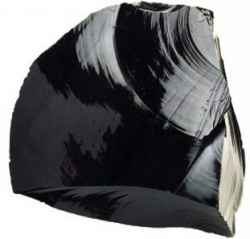
Obsidian is one of nature’s more curious products. Smooth to the touch, it can hold a razor sharp edge, but cracks and flakes under less pressure than most other stones. Nonetheless, it has a very long history of use by humans, and possesses a number of symbolic meanings.
Also called ‘black glass’, obsidian belongs to the geological family known as igneous rocks, which are formed from volcanic lava. While the more famous members of this family include granite, pumice, and basalt, obsidian is distinctly different from many of its cousins. Lava can cool at any number of rates due to any number of factors, and when it cools too quickly for crystals to form in the resulting rock, smooth-textured obsidian is produced.
Although obsidian has been used in many locations, the peoples of the southwestern United States and Mexico have had a particular affection for the material. In the former region, small, drop-shaped pieces of obsidian are known as ‘Apache tears’, named after a prominent Native American tribe. According to traditional stories, these ‘tears’ are produced when women cry at the death of an Apache warrior, establishing a symbolic association with sadness and mourning.
In Mexico, obsidian had a strong association with magic; the Aztecs used flat polished pieces of obsidian as tools for divination, much the same way glass mirrors- and later crystal balls- were used in Europe. Going even further, the Aztec god of night, Tezcatlipoca, was said to carry an obsidian mirror that could envelope his enemies in a cloud of smoke. In fact, the translation of his name means ‘smoking mirror’. Esoteric symbolism aside, obsidian was an important practical resource for the Aztecs; since they did not posses the metalworking skills to forge bronze or iron, obsidian formed the blades of many Aztec weapons.
In modern times, obsidian has been used in certain types of surgical blades. The fact that obsidian can hold an amazingly keen edge even in very thin layers makes it ideal for cutting, something that has been known about the stone since the beginning of its usage so very long ago.
- 2,566 Views
Graphical characteristics:
Asymmetric, Open shape, Colorful, Contains curved lines, Has no crossing lines.
Categories: Gemstones and Natural Substances, Miscellaneous.
More symbols in Miscellaneous:
Symbols without any special category attribution but that are widely used worldwide. read more »
More symbols in Gemstones and Natural Substances:
In addition to plants, animals, and geographic features and phenomena, the natural world is home to a vast array of materials and substances that all carry symbolic meaning. This meaning may be rathe… read more »
Citation
Use the citation below to add this symbol to your bibliography:
Style:MLAChicagoAPA
"Obsidian." Symbols.com. STANDS4 LLC, 2024. Web. 20 Apr. 2024. <https://www.symbols.com/symbol/obsidian>.

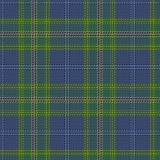




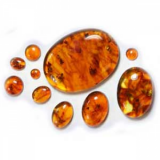
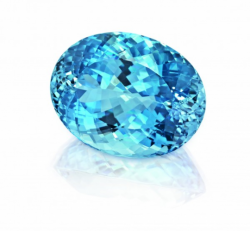
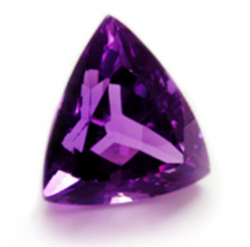
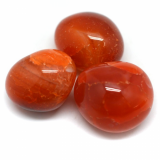
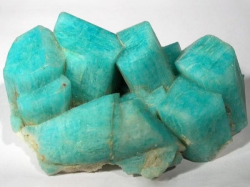
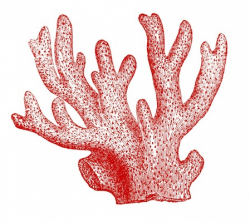

Have a discussion about Obsidian with the community:
Report Comment
We're doing our best to make sure our content is useful, accurate and safe.
If by any chance you spot an inappropriate comment while navigating through our website please use this form to let us know, and we'll take care of it shortly.
Attachment
You need to be logged in to favorite.
Log In